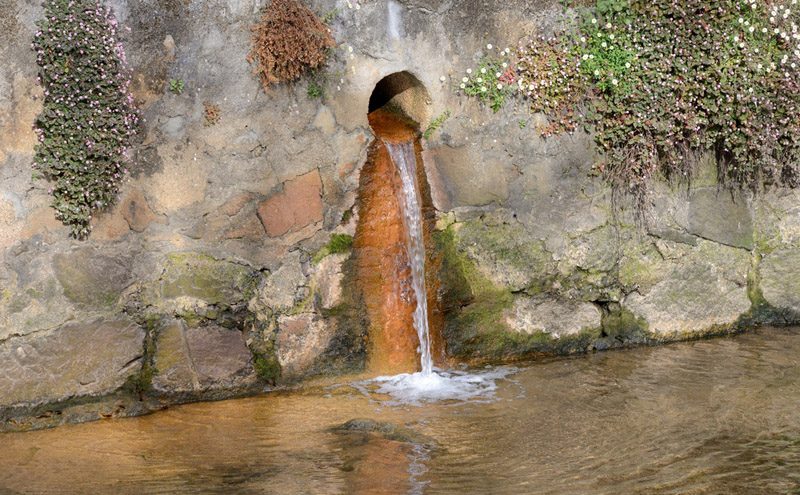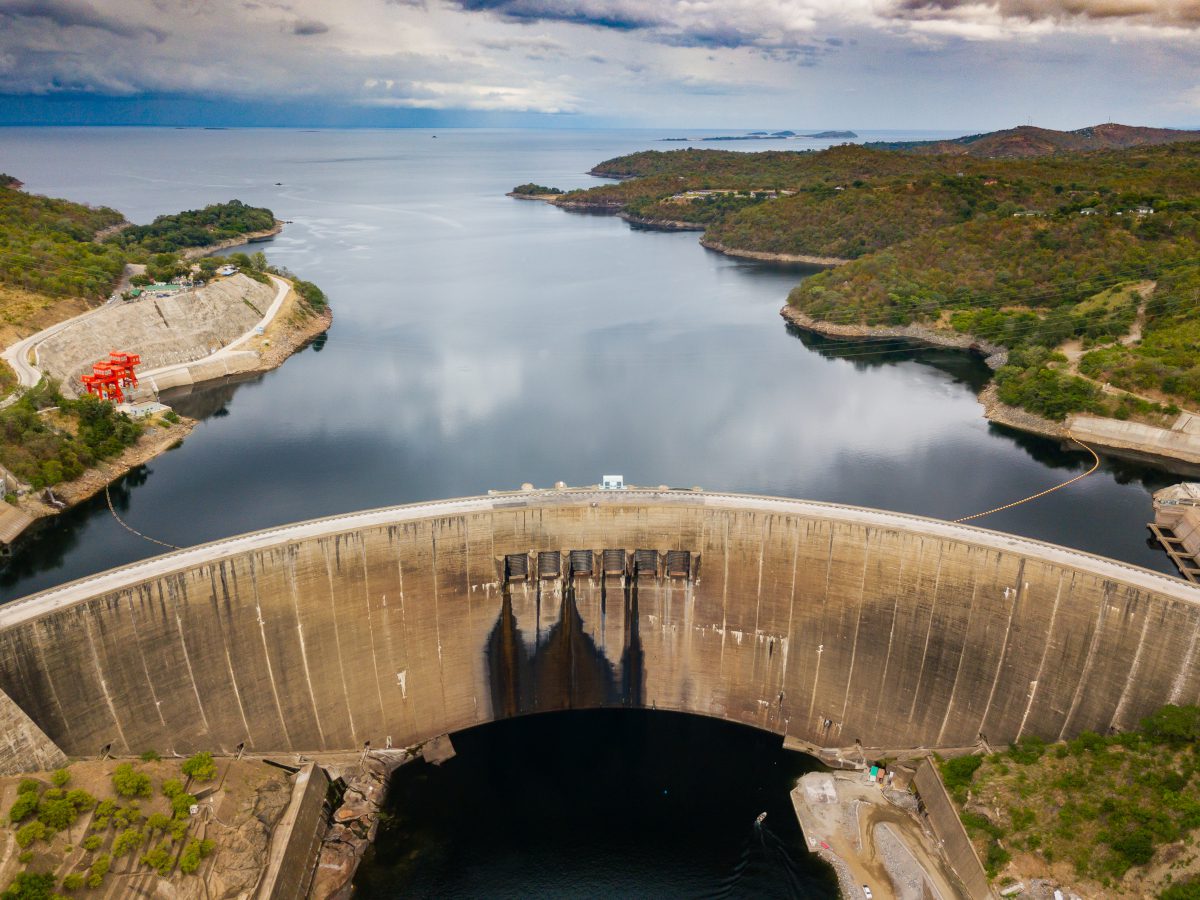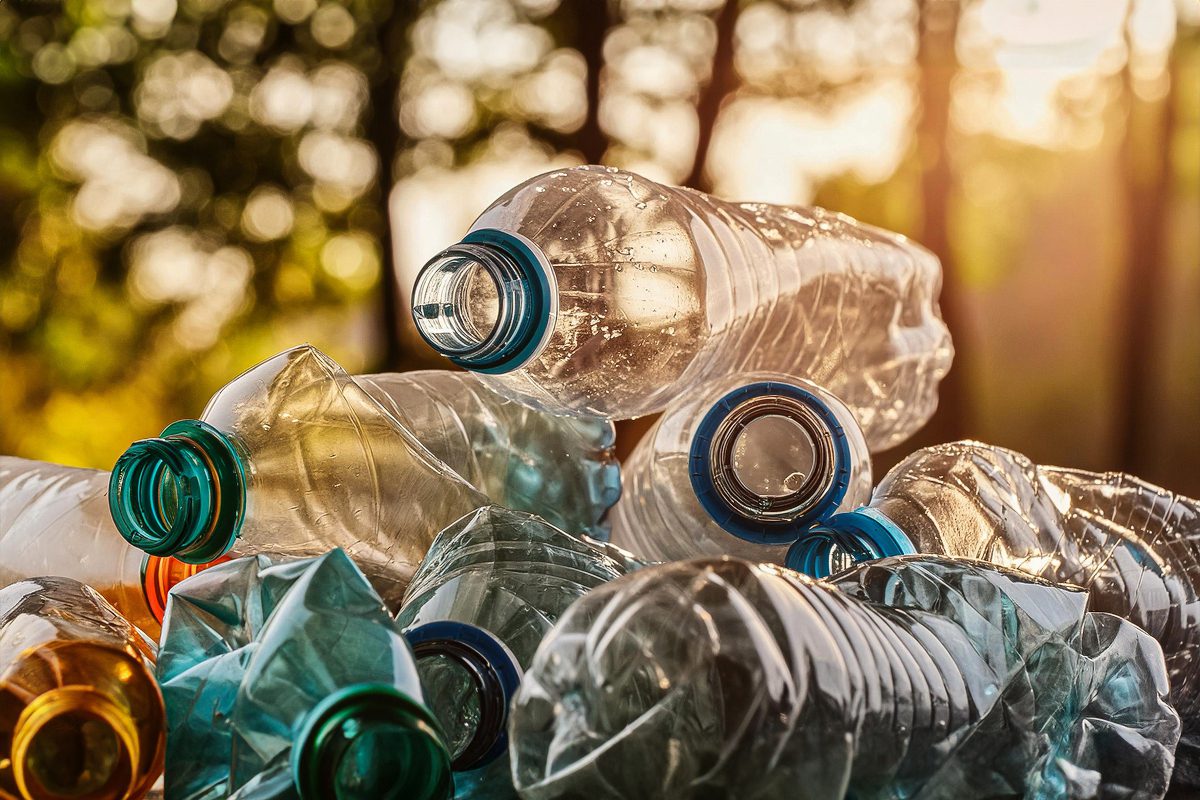Healthier rivers will be one outcome of implementation of the Environment Act 21, writes Darren Hanson of water technology firm Xylem. Now water companies need to concentrate efforts on ensuring a smooth rollout of monitoring technology.
The deadline is approaching for water companies to have in place monitoring requirements of the Environment Act 21. Part 5 Section 82 states utilities must continuously monitor water quality upstream and downstream of all storm overflow and sewage disposal works, which discharge into a watercourse. This requirement will be mandatory from April 2025
The new monitoring requirements will help utilities understand the impact of combined sewer overflows (CSOs) on the environment, including whether individual spills are mostly diluted by rainwater or pose a risk of pollution – and learn more about problem areas and where targeted investment is needed. Captured data can also support wider water management strategies and collaboration with stakeholders in the national effort to restore river quality.
To ensure the 2025 monitoring commitments are delivered, companies should now be taking the following steps:
- Identify which sites need to be monitored and which are priority sites to be addressed first, such as those within Sites of Special Scientific Interest (SSSIs), chalk streams and bathing waters.
- Engage with landowners for permission to install instrumentation and to return for ongoing maintenance and calibration visits. The majority of storm overflow sites sit on private land – access will be one of companies’ biggest challenges.
- Calculate how many monitors are required, bearing in mind current guidance states that where discharge outlets are within 1000m of one another, they can be clustered as a pair of monitors upstream and downstream.
- Establish the best locations for the sensors, remembering the aim of Section 82 is to monitor the impact on the receiving waters, not the discharge itself. Selected locations should be safely accessible. Where proposed sites do not have a power source, solar-powered systems are available.
- Attention should be given to risk of theft or vandalism in each location and vandal-resident systems selected, if required. The risk of theft of equipment such as solar panels and cables should not be underestimated and is an issue that has informed design of urban monitors.
- Begin conversations with suppliers to get a complete understanding of product options, delivery and installation timescales and cost. Given the impending increase in demand, early engagement is a must – suppliers like Xylem are increasing their manufacturing capacity and are ready to support.
Early monitor installation programmes already underway are shining a light on issues that may not have been considered, such as:
Data confidence
Water companies need confidence that the data they are receiving is accurate, repeatable and traceable. This is in part achieved by selecting technology appropriate for the local water environment.
What are the local fouling conditions, for example? If an individual sonde becomes covered with mud or algae, it may trigger a false water quality alert. Robust, anti-fouling technology, such as mechanical wipers, can prevent such data-uncertainty, as can ensuring sondes are calibrated for the conditions in which they are being used.
Invasive species strategy
Protection against invasive species should be part of implementation planning. As sensors move from one river to the next, there is a risk of invasive species transfer. Having a strategy around invasive species, including selecting instruments that can be cleaned before being calibrated, can help manage risk.
Data-as-a-service
More companies are now looking to data-as-a-service (DaaS) models to support with large-scale water quality monitoring. Applying DaaS can move responsibility for the design, installation, data, telemetry, calibration and maintenance to the manufacturer. HydroDaaS is Xylem’s DaaS system for river water quality monitoring and can support companies that may not have the infrastructure in place to manage a large network of sensors.
Monitoring technology is advancing fast, and Xylem’s researchers are continually updating smart systems with new algorithms and artificial intelligence which can alert on problems within the network.
The ultimate goal is to prevent CSO spills into receiving waters. To do this, we need a clearer understanding of what is causing spills to occur. Water quality monitoring provides one piece of the jigsaw. By combining this data with previously disparate datasets into a single platform, such as the Xylem Vue Powered by GoAigua (XVPGA) platform, a more holistic view at the catchment level can be attained.
Not only can this information help utilities identify failures within the catchment that lead to spills, it can also provide insights about assets which may lead to spills and allow preventative action to be undertaken.
Using digital platforms in this way enables utilities to optimise operations and make maximum use of existing infrastructure as part of a wider strategy to reduce environmental impact.
Looking at the bigger picture, the Environment Act 21 monitoring programme will eventually provide a national baseline of water quality information that England has never seen before. Its implementation is a major task, but the large-scale data capture soon to be underway will allow the water sector to digitise river catchments to provide a cleaner and heathier environment for all.
Darren Hanson will be joined by head of digital Ruth Clarke and director of engineering Rui Pina for a Xylem webinar exploring the Environment Act 21’s requirements, and strategies to measure, assess and reduce pollution. The webinar takes place on 24 April 2024. To register, https://xylem.zoom.us/webinar/register/6917102392517/WN_UsO4xvBcRXWN_70H_ysjzg#/registration


















